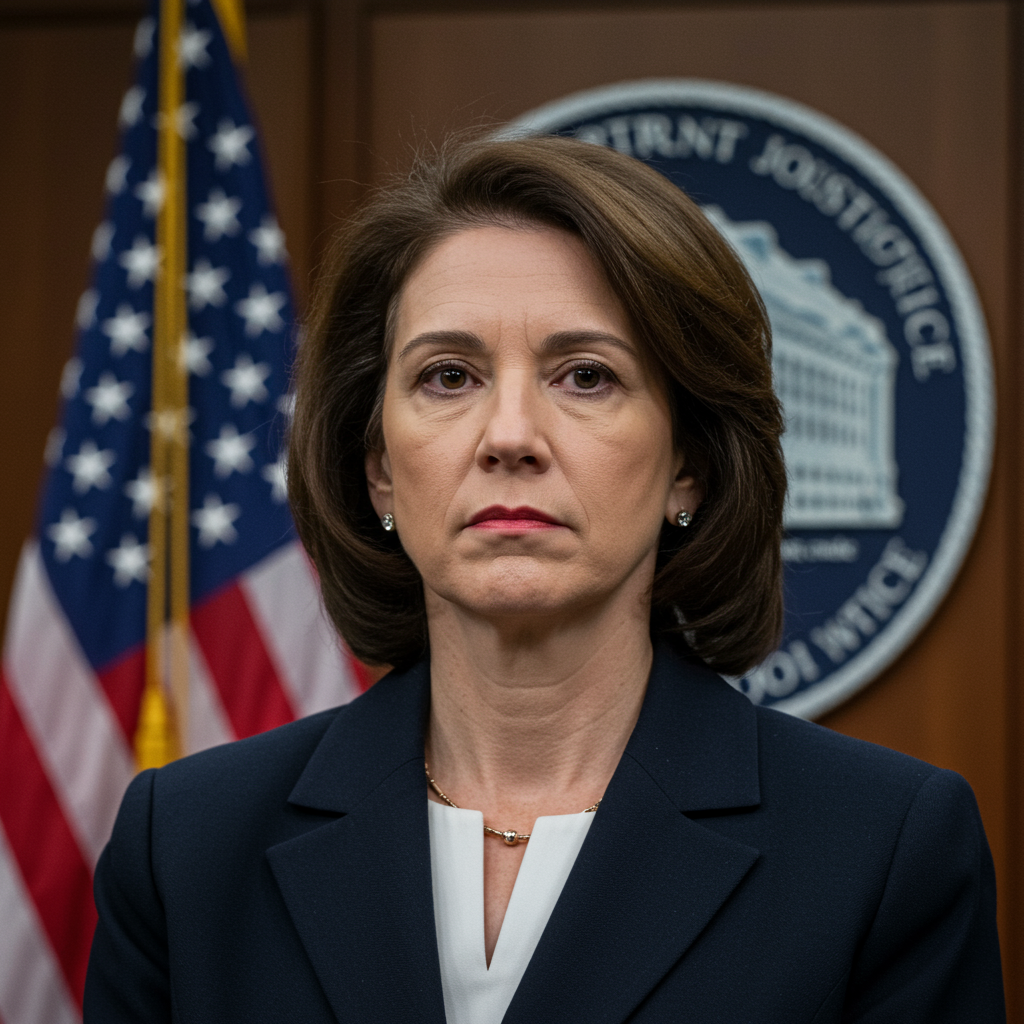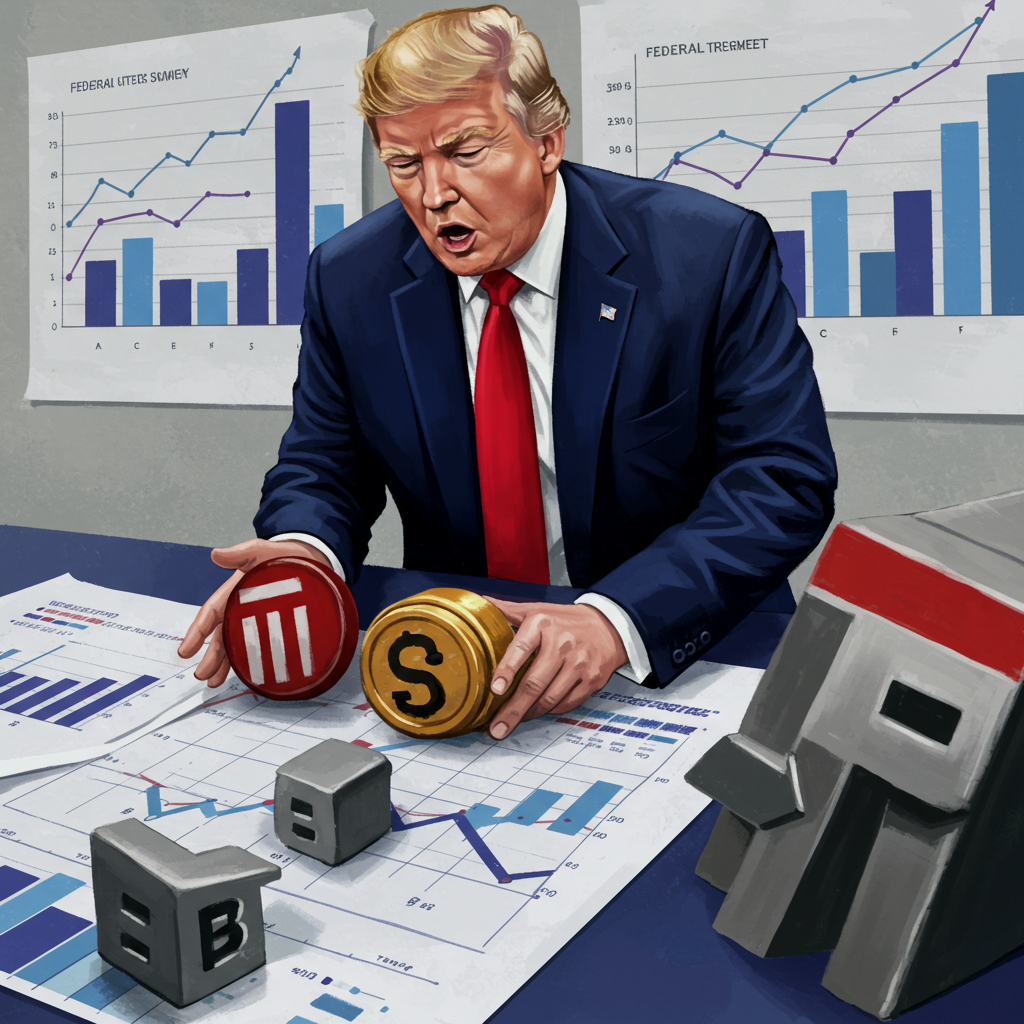Global Markets React: Asian Stocks Hesitant, Dollar Weakens
Asian stock markets displayed hesitation on Thursday as investors navigated a complex landscape of political uncertainty, economic risks, and geopolitical developments. A primary driver of market sentiment, particularly in currency markets, appeared to be ongoing political drama in the United States concerning the Federal Reserve. The U.S. dollar saw significant selling pressure, while other major currencies like the euro and Swiss franc climbed to multi-year highs.
Key Market Snapshot:
MSCI’s broadest index of Asia-Pacific shares outside Japan (.MIAPJ0000PUS) remained largely unchanged in early trading, taking a pause after recent rallies in Wall Street.
Tokyo’s Nikkei (.N225) bucked the trend, rising 0.9% to reach a four-month high.
On Wall Street, U.S. stocks took a breather Wednesday, with the Dow dipping slightly, the S&P 500 finishing flat, and the Nasdaq posting a modest gain.
The euro surged to its strongest level against the dollar since November 2021, trading around $1.6805.
The Swiss franc firmed to a decade-high, while the Japanese yen strengthened 0.35% to 144.70 per dollar.
The dollar index, which measures the U.S. currency against six rivals, languished at its lowest level since March 2022. It has slid approximately 10% this year, as global investors seek alternatives to U.S. assets amid rising concerns.
The Trump-Powell Dynamic Rattles Confidence
A significant factor weighing on the dollar and investor confidence was a media report suggesting U.S. President Donald Trump was exploring the idea of selecting and announcing Federal Reserve Chair Jerome Powell’s replacement as early as September or October. This move is widely seen as an attempt to undermine Powell’s authority and position within the central bank.
President Trump has repeatedly and publicly criticized Powell for not cutting interest rates aggressively enough, even floating the idea of outright firing him or quickly naming a successor. Such actions have fueled concerns about the independence of the Federal Reserve, which is traditionally seen as crucial for maintaining economic stability and investor trust.
Market analysts noted that any successor chosen by Trump would likely be someone favouring significantly lower interest rates, aligning with the President’s economic agenda. This prospect, however, reignites fundamental questions about the Fed’s independence that surfaced earlier in the year. According to Tony Sycamore, a market analyst at IG, such doubts historically undermine confidence in both the Federal Reserve itself and, consequently, the U.S. dollar.
Trade Tensions and Fed Policy Uncertainty
Markets also remain on edge regarding President Trump’s trade policies, particularly the approaching July 9 deadline for potential new trade deals or tariffs.
In his congressional testimony, Fed Chair Jerome Powell addressed the potential impact of tariffs. While acknowledging they might initially cause a one-time increase in prices, he stressed that the risk of tariffs fuelling more persistent inflation is substantial enough for the central bank to exercise caution regarding future interest rate cuts.
Fed officials still anticipate cutting interest rates later in the year. However, the precise timing remains uncertain, contingent on gaining more clarity regarding the scope of potential tariffs and understanding how rising import levies might influence both prices and overall economic growth.
Broader Economic Concerns & Oil Stability
Beyond U.S. domestic political and trade issues, investors are also considering other global risks. Strategists highlight that uncertainty over how tariffs will ultimately impact inflation keeps central banks globally, especially the Fed, in a conservative mode. Downside risks to global growth persist, driven not only by trade disputes but also by other geopolitical developments.
While markets grapple with these uncertainties, a ceasefire holding between Israel and Iran provided a brief respite, reducing immediate fears of major disruptions to the global oil trade and offering some support to overall sentiment.
In commodities, oil prices showed signs of stabilisation and modest recovery following a volatile month linked to geopolitical tensions. Brent crude futures edged higher by 0.2% to $67.82 a barrel, while U.S. West Texas Intermediate crude (WTI) gained 0.28% to $65.1.
Analysts are also closely monitoring fiscal policies in key countries, warning that unsustainable dynamics could potentially trigger disruptions in bond markets. The current market environment reflects investors weighing this confluence of political interference in central banking, trade policy ambiguity, broader geopolitical factors, and fiscal considerations.


